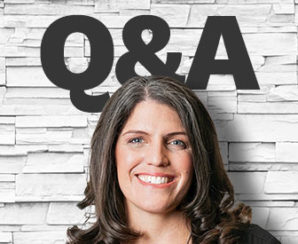
 One Portal to Rule Them All: How One Bank Streamlined Onboarding
One Portal to Rule Them All: How One Bank Streamlined Onboarding
Peapack-Gladstone Bank's goal was to create a truly end-to-end digital onboarding and KYC process that would work across all three lines of its business.









